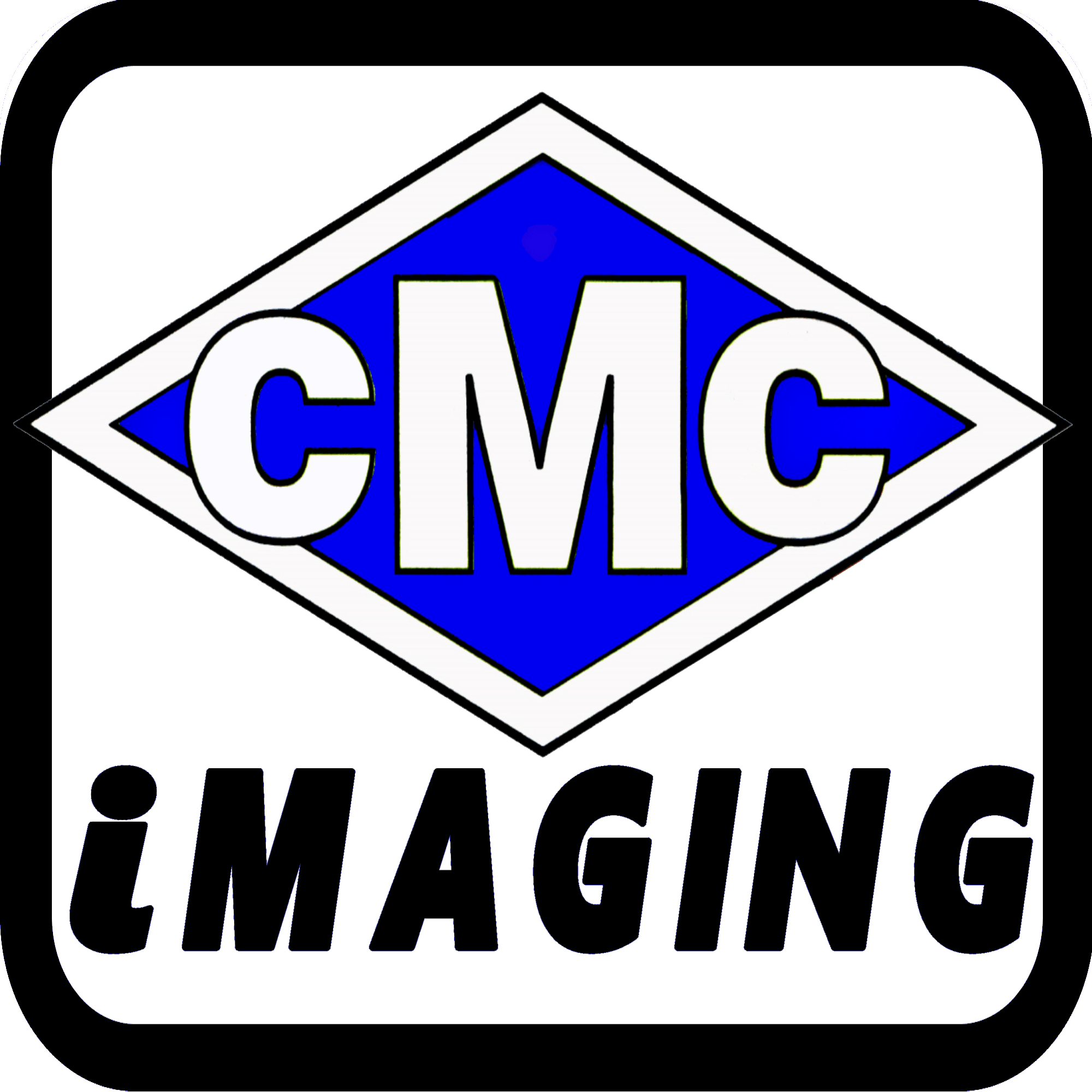If it’s not broke, don’t fix it
You have a process, a system in your organization. You want to make it faster, easier to use and more efficient. The issue is while converting it to a new form do we need to change anything else? The old adage ‘If it ain’t broke don’t fix it’ is still true today. That does not mean never change it or never make it better. The heart of the matter is this, “If it works now and all you need is to make it more efficient, easier, increase access then just change those things.
A great example of this is the library system.
We stored books for many years using the same system we use today. The thing is that many of our books are not paper on a shelf, they are digital files in the ether of our networks and computers.
Why didn’t the library system change? It still works!
Yes, we added indexes and other things to the system to make it better but the heart and soul of the library system are still the same numbers we have used for many years. Even the IBSN number has not changed.
If you are going to change something in your system make certain to look at the benefit and the impact it will have on all of your labor and systems.
Big mistakes:
1: You can index every page! Would that be amazing! Every page had an index telling us what date it was received, who it belonged to and who indexed it etc……
Every one of those systems I have seen have failed. I have never seen a system take in random paper, information and index everything symmetrically without a great deal of labor to accomplish it. If it were easy Google would have done it already. Imagine if every page you take into your office someone had to type 1000 characters to describe it.
2: I do not need to index anything the computer can read it. This dream has not yet reached reality but the thought is spawned by the imporession that tablets and phones can read your handwriting. In some cases, the software can learn your handwriting but it is very limited so far. Rocketbook has an app that will attempt to read your handwriting including cursive for those of us over 20 but it too has limitations. The tech gets better every year but it is not very successful and not commonplace. If you consider that the US Postal service spent hundreds of millions of dollars to try and read the well-created handwriting on letters for just addresses and zipcode and still they have to manage 20% by hand. OCR/BARCODE/QR has all gotten better but perfect it is not and reading handwriting at 100% with a computer is close impossible.
Allow me to explain: Let’s pretend a computer could read 80% of the letters on a typewritten page. It is probably more than likely 60 % to 70% so we can pretend. If we assumed 80% accuracy, out of every 100 letters it reads 20 of them incorrectly. If the average word has 4.5 letters in them then 100 letters becomes 22 words and 20 of them could be wrong. We don’t need a document that reads Blood Pressure ‘130/65’ to be read by a computer as ‘IB0165’ it just won’t work.
3: Store everything in color at high resolution. I have seen this over and over again for 20 years, clients do not consider the impact they have on a network making files bigger and more complex. Large files take up lots of space and lots of bandwidth to deliver to the client. If you were a governmental agency trying to answer a FOIA request and the files needed were 100’s of Gigabyte in size. Gathering them would be difficult and time consuming and delivering them even more so. Size matters because time matters. Bigger files slower delivery to screen, slower to store and retrieve slower everything and slower is more expensive than faster.
4: It’s on backup. I can not tell you how many people never test their backup system until the system fails. When a system fails you can’t have a failed backup because it could all be gone. Even worse. What if you had a backup but it would take 3 weeks to restore, now what? Redundant active systems to keep systems alive. Offsite cloud and other storage methods function but do they really? How long would the restoration take if you did lose it all? When you design a system think of the end of its life as well as what is designed to do. End-of-life is in some ways is more important than the process itself.
Thomas Edision once said, “I have not failed. I’ve just found 10,000 ways that won’t work.” Since 1972 we have seen many mistakes, ones we do not want others to repeat.
